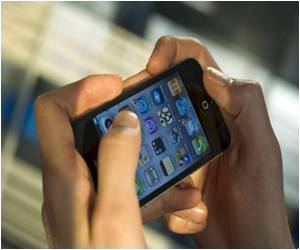
But their parents tend to be woefully ignorant about what their children get up to on the web, said Sonia Livingstone, professor of social policy at the London School of Economics.
She explained that middle-class children were at greater risk because they were more likely to know their way round the internet and to have a personal computer in their bedroom, or a smartphone.
She also called on parents to talk to their children about their internet use, so any potential harm can be nipped in the bud, the Daily Mail reported.
She said she was particularly concerned about her finding that a third of girls aged 14 to 16 had visited a site for anorexics.
And her survey of more than 1,000 children also found that more than half of children - 51 per cent - admitted they had neglected homework and ignored family and friends because of their excessive internet use.
Advertisement
She pointed out, however, that there was no need for parents to panic, because the risk of a child being harmed by the use of the net was still small.
Advertisement
It found that, across all types of behaviour, those in the ’high social and economic group’ were more likely to be at risk.
For example, 30 per cent of the high group had seen sexual images online, compared to 25 per cent among a lower income group. Some 26 per cent have been bullied online, compared to 21 per cent; and 17 per cent had sent or received sexual messages compared to 14 per cent.
"When I began my research, I thought middle class children would be more skilled or would have more skilled parents to guide them, and would use the internet in a less risky way," said Professor Livingstone.
"I thought that perhaps children from poorer homes, with less educated parents, would use the internet in a more risky way. But what I found was the opposite.
"This is probably because middle class parents tend to steer their children towards the opportunities on the internet, so they use the internet more widely and deeply. They end up more confident to explore the internet, and what happens is if you use it more comprehensively you’ll find more risks.
"Children from poorer backgrounds don’t get these risks as often but also they don’t get the benefits of the internet. Their parents are less well educated, they have slower broadband speeds and spend less time online," she added.
Professor Livingstone’s study also found that parents often had no idea what their child was doing on the internet.
Of the children who told interviewers that they had seen sexual images, 40 per cent of their parents said they were certain their children had not, and 29 per cent said they did not know.
Source-ANI









